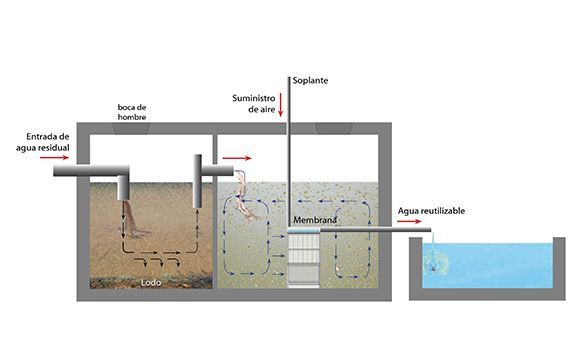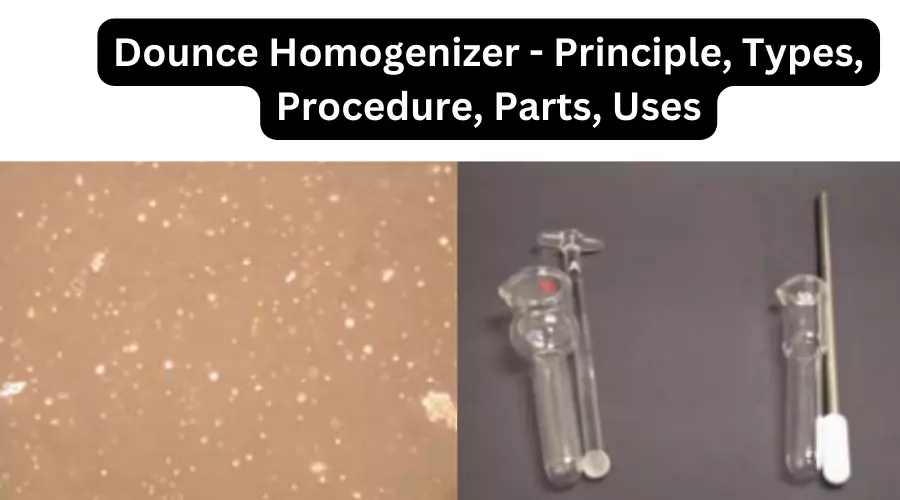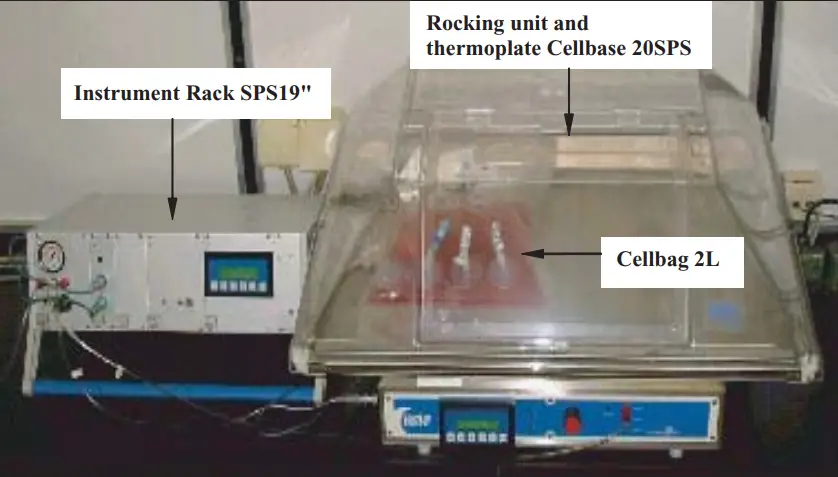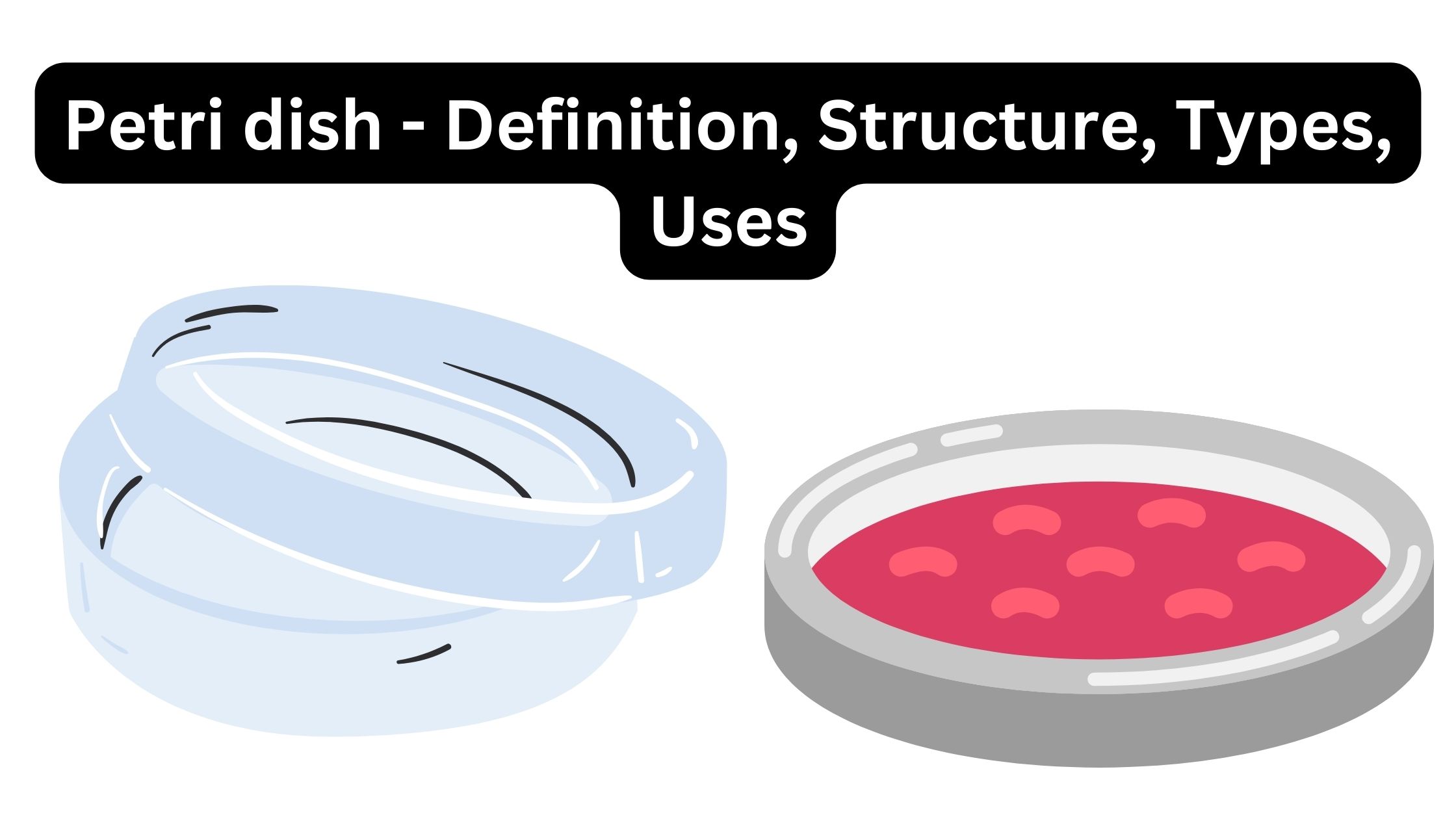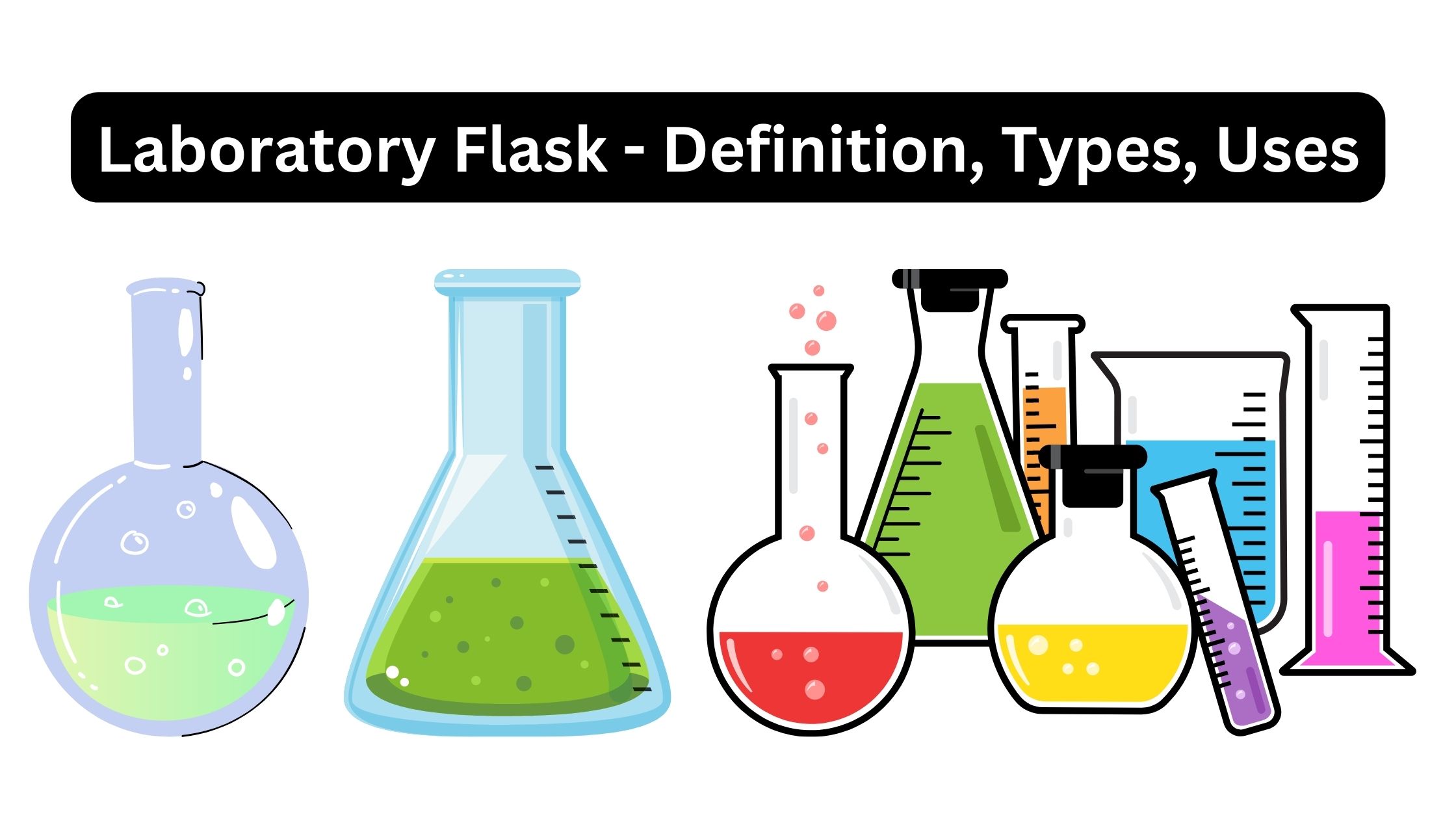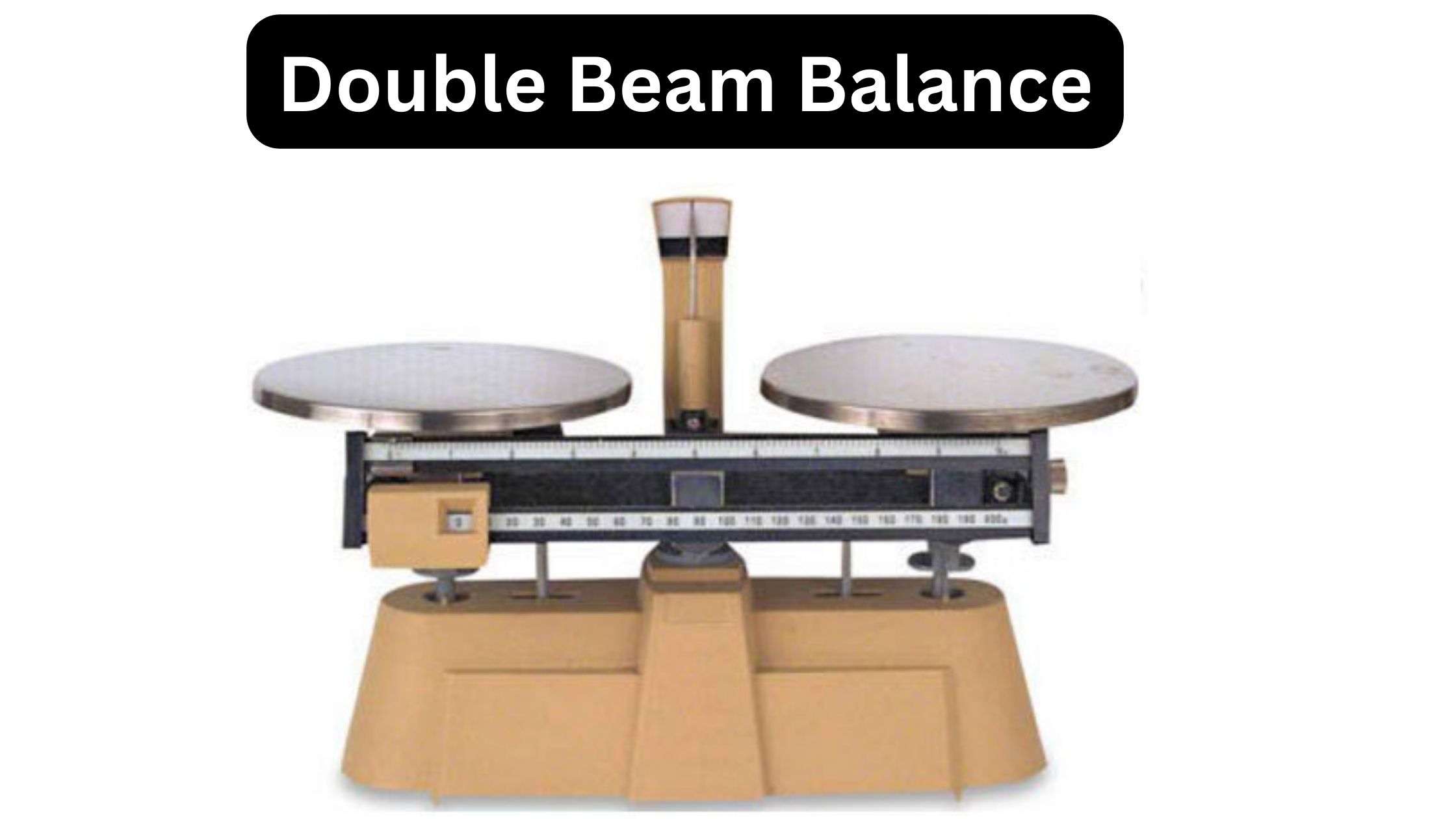Membrane Bioreactor (MBR) – Principle, Types, Process, Uses
Combining a biological process with membrane filtration, a membrane bioreactor (MBR) wastewater treatment device separates particulates from treated water. It combines microfiltration or ultrafiltration membranes retaining biomass and pollutants with an activated sludge process—where microorganisms break down organic pollutants. MBRs successfully remove suspended particles, bacteria, and viruses by substituting membranes for traditional secondary clarifiers, therefore … Read more
